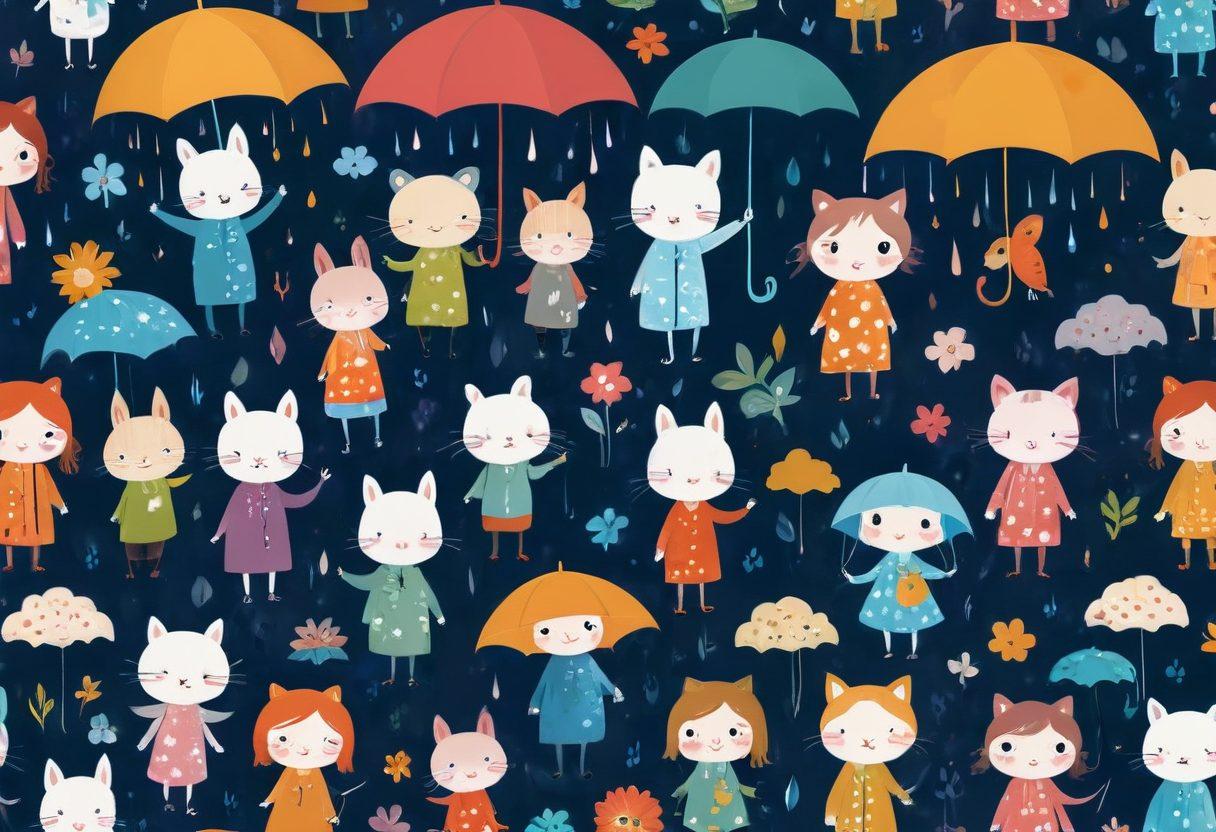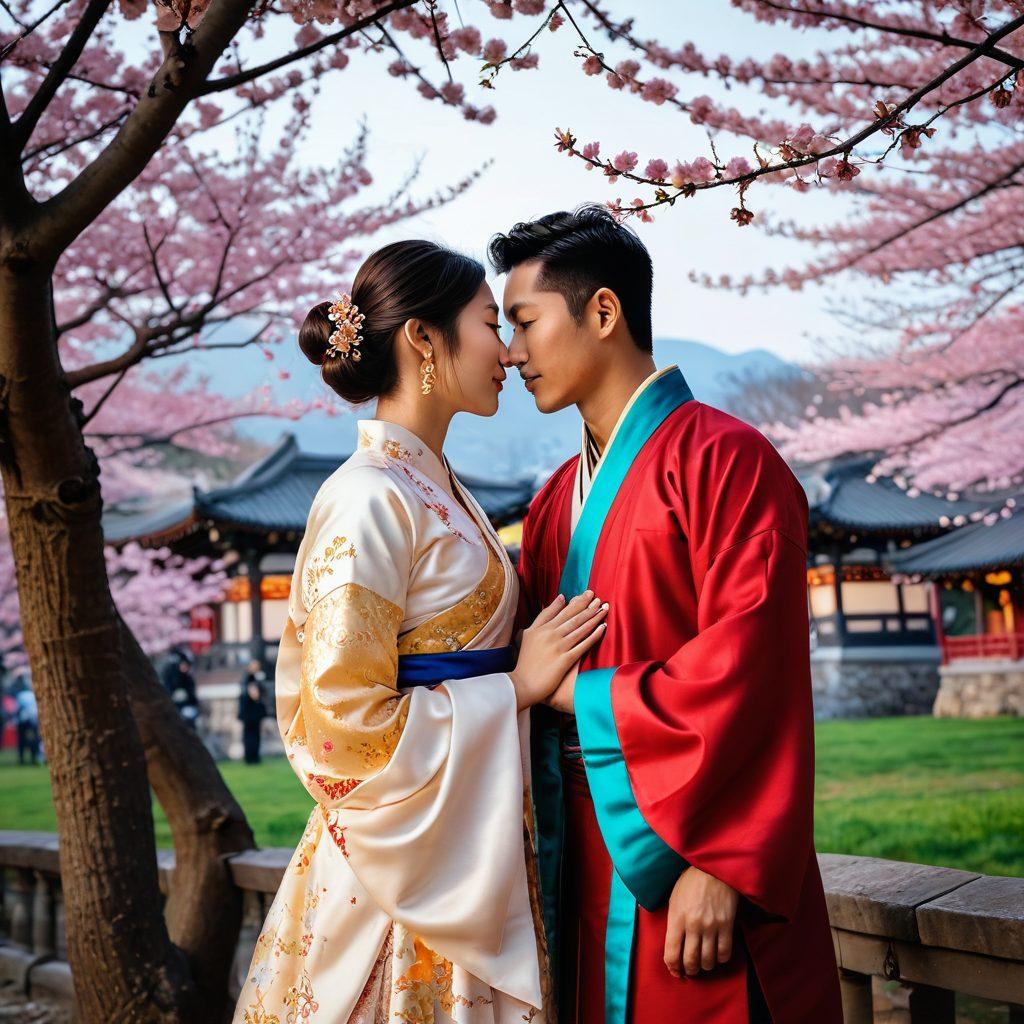Exploring the Bittersweet Aesthetic: Heartfelt Emotions and Adorable Expressions in Asian Culture
As we traverse through the colorful tapestry of Asian culture, one cannot help but be captivated by its unique blend of heartfelt emotions and adorable expressions. From the lighthearted giggles of children to the deep sadness expressed in a single tear, the realm of emotions in these diverse cultures dances in a whimsical rhythm that evokes both joy and sorrow. Have you ever noticed how a simple cute expression can convey a world of feelings, leaving you both charmed and contemplative? This intricate interplay of emotional feelings is what makes the aesthetic emotions within Asian cultures so profoundly enchanting.
The delightful appeal of cute expressions in Asian culture speaks to a universal longing for emotional connection. Asian people take pride in their adorable portrayals of life's bittersweet moments. Think of the endearing characters in Japanese manga or the charming emoji faces seen in daily conversations. These representations are not mere decorations; they echo the cultural feelings that have been passed down through generations. They are a vibrant reminder that cuteness is a powerful tool, capable of softening hearts and bridging emotional gaps. But what is it about these expressions that resonate so deeply with our own hearts?
As we delve deeper into this whimsical world, we uncover that the charm of Asian aesthetics lies in its ability to seamlessly blend joy and sorrow. The art of embracing melancholic sentiments is an integral part of cultural heritage in many Asian societies. It’s not uncommon to see art forms that beautifully depict sorrowful moments intertwined with cute details - a tear on a cheek even in a playful cartoon. This intellectual embrace of both happy and sad emotions paints a richer narrative, inviting viewers to reflect on their own experiences. Isn’t it fascinating how something seemingly adorable can also evoke a sense of melancholic beauty?
The bittersweet aspect of these artistic expressions encourages us to confront our own emotional feelings. Whether it’s a touching scene in a heartfelt film or a simple yet profound meme circulating on social media, the ability to relate to these well-crafted sentiments fosters a stronger bond with the shared cultural experiences. When we see a cute expression that mirrors our own sorrowful moments, we inadvertently join in a collective understanding of life's fleeting nature. This ever-present cycle of joy intertwined with sadness mirrors our own lives; how often do we find ourselves smiling through tears?
In conclusion, the whimsical dance of emotions in Asian aesthetics invites us to appreciate the beauty that exists in both heartwarming and sorrowful moments. Whether through adorable character designs or poignant storytelling, the ability to evoke deep emotional connections is a signature feature of Asian culture. We are reminded that feelings—though often complex—are what make our experiences uniquely beautiful. So, the next time you encounter an adorable expression, take a moment to appreciate the deeper sentiment it may carry. After all, isn’t it the amalgamation of these bittersweet experiences that paints the most vibrant picture of life?
Cute Yet Melancholic: How Adorable Expressions Reveal Deep Cultural Sentiments
In a world that often celebrates joy and exuberance, the enchanting realm of Asian culture introduces us to a unique juxtaposition—the intertwining of cute yet melancholic expressions. Imagine a small child drawing a bright, whimsical flower, only for it to remind them of a cherished loved one who is no longer there. This beautiful yet sorrowful dance between cuteness and deeper sadness has been a staple of cultural expression among Asian people for generations. But why are these adorable expressions so potent? What is it about the bittersweet aesthetic that speaks to our emotional feelings and cultural heritage?
The Asian culture showcases a rich tapestry of sentiments, each stitch telling a story filled with heart. Cute expressions, from animated characters to charming anime, often embody a joyful innocence, cloaking underlying emotional feelings that resonate with many. For instance, take the expression of 'kawaii' in Japanese culture—its emphasis on adorability is not just whimsical; it is an invitation to connect emotionally. But as anyone who has experienced loss or longing knows, these cute symbols often carry a layer of melancholy, reminding us of what was or what could have been. Isn't it fascinating how a simple smile can simultaneously evoke delight and sorrow?
As we traverse these diverse cultures, we encounter heart-wrenching tales told through endearing icons and art. The adorable and the sorrowful converge in stories that highlight the fragility of human connection. A popular sentiment among Asian people is expressed through the metaphor of rain—a beautiful yet gloomy backdrop that tells us about love and loss. Just ask any artist about their inspiration, and you might hear them speak of 'aesthetic emotions' forged through personal struggle. What if, in our own lives, we too could view our struggles as sources of creativity and connection?
In the intricate dance of life, these bittersweet moments inspire heartfelt creations that do more than just entertain; they foster emotional connections. Consider the rise of poignant pop songs that blend catchy melodies with touching lyrics. These cultural artifacts remind us that sorrowful feelings can coexist with moments of joy, creating a beautiful, emotional tapestry that defines the human experience. Can you think of a song that makes you both smile and weep?
Ultimately, embracing this cute yet melancholic aspect of Asian culture offers a distinctive lens through which to view our own experiences. In a world saturated with perfection and happiness, these adorable expressions serve as reminders that it’s okay to feel both joy and sorrow. They encourage us to celebrate not only our delightful moments but also our struggles and emotional complexities. After all, it is within the bittersweet that we often find true beauty. Let's cherish the whimsical and the heartfelt, and recognize the richness of our own diverse emotional landscape.
Heartfelt Connections: The Bittersweet Beauty of Emotional Diversity in Asian Heritage
In the vibrant tapestry of Asian culture, emotions weave a narrative that is both delightful and deeply poignant. The bittersweet beauty of heartfelt connections emerges as a defining characteristic, drawing together threads of joy, sorrow, and whimsical expressions. Have you ever noticed how a single glance can convey a myriad of sentiments? This is the magic of Asian heritage where cute expressions and emotional feelings create a unique aesthetic that resonates with many. Let's explore how these endearing and sometimes melancholic moments shape the cultural feelings that bind communities across diverse cultures.
Imagine standing in a bustling market, the air filled with the sizzle of street food mingling with laughter. Yet, in that lively atmosphere, it’s not uncommon to catch a fleeting moment—a child’s laughter may be followed by the soft, sorrowful gaze of an elderly person. This rhythmic play of emotions captures the essence of bittersweetness prevalent in Asian cultures. It prompts us to ask: how can sadness coexist with joy? This duality not only defines the emotional landscapes of Asian people but also enriches our understanding of what it means to feel deeply.
At the heart of this emotional diversity lies a profound connection to cultural heritage. The classic art forms, from traditional dances to poetry, often embrace aesthetic emotions that evoke bittersweet images. A dance might depict a joyous celebration yet carry an undertone of melancholy, illustrating the complexity of life’s experiences. As you delve into this extraordinary world, you'll discover that each turn of phrase and gesture is crafted with care, inviting everyone to engage with their heartfelt connections. What stories do your own cultural feelings tell in moments of both joy and sorrow?
One of the most endearing aspects of these expressions is their cute nature. Whether it's a tender smile, an animated gesture, or even a shared silence, these moments create emotional connections that linger long after they've occurred. Have you ever shared a heartfelt laugh with someone that suddenly turned into a moment of reflective sorrow? This unique balance of adorable and melancholic showcases the beauty of emotional feelings. By embracing the spectrum of our experiences, we nurture relationships that are marked by depth and understanding, allowing us to celebrate the whimsical side of life's contradictions.
Ultimately, the bittersweet aesthetic in Asian culture challenges us to acknowledge and embrace the vast array of human emotions. It's a gentle reminder that sorrow and happiness are intertwined—two sides of the same coin. In an increasingly fast-paced world, taking a moment to appreciate these delightful expressions can enrich our connections with others. The next time you encounter a cute expression layered with a bittersweet narrative, pause to reflect on its beauty. How can we cultivate these heartfelt encounters in our daily lives? By doing so, we not only honor our own cultural heritage but also create lasting emotional ties that resonate across generations.


